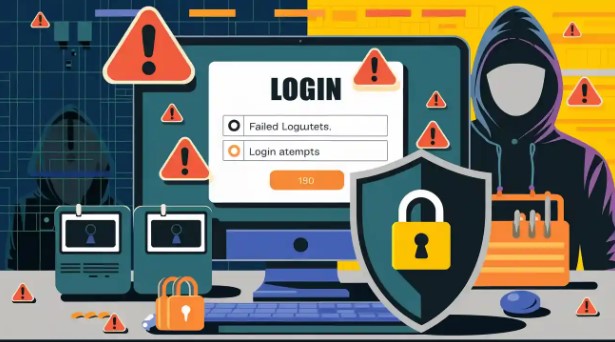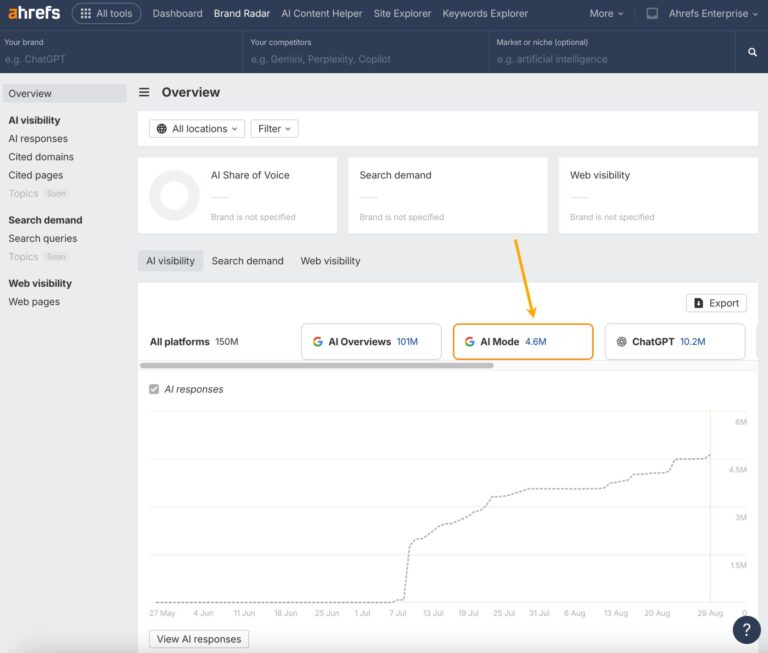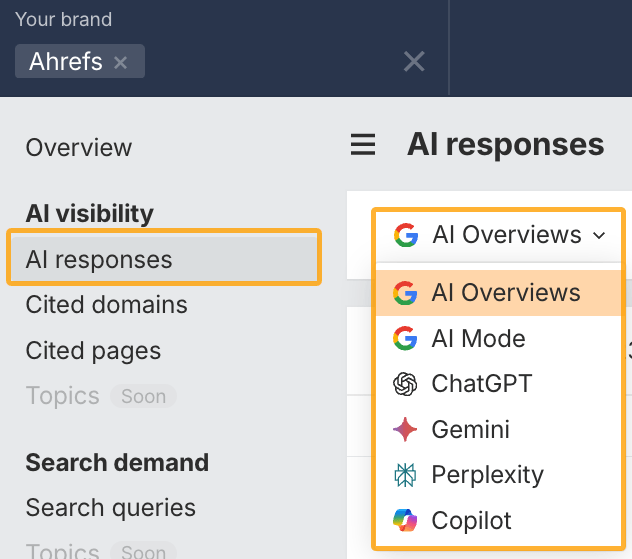
A brute force attack occurs when hackers make numerous attempts to guess passwords, logins, or secret keys. This type of attack can compromise server security and lead to data theft. Understanding how these attacks function is crucial in preventing them. Tools like WAF and Firewall Protection provide robust security measures to defend against such threats.
Types of Brute Force Attacks
Brute force attacks use different methods to target systems. Knowing these types helps you spot weaknesses and stay safe. Below are the main types of brute force attacks:
Simple Brute Force Attack
Hackers guess passwords or keys by testing every option. They use tools to try combinations quickly. These tools rely on CPUs and GPUs to test thousands per second.
Tools Hackers Use:
- Bots: Test passwords using lists of common ones.
- Password Crackers: Programs like John the Ripper find passwords fast.
- Parallelized Login Tools: Hydra and Medusa try many logins at once.
Tip: Strong passwords make simple brute force attacks harder to succeed.
Dictionary Attack
Hackers use lists of words, often from leaked data, to guess passwords. This method is faster than simple brute force because it focuses on popular passwords.
| Type of Attack | Description |
|---|---|
| Dictionary Attack | Uses a list of words to guess passwords. |
Note: Avoid easy passwords like “123456” or “password” to stay safe.
Hybrid Attack
Hybrid attacks mix dictionary and brute force methods. Hackers start with common words and add numbers or symbols. For example, they might try “admin2023” after “admin.”
Why Hybrid Attacks Work:
- People often make passwords easy but slightly unique.
- This method combines speed and thoroughness.
Credential Stuffing
Credential stuffing uses stolen usernames and passwords from past breaches. Hackers try these details on other accounts, hoping users reused them.
Industries Most Targeted:
- Retail & e-Commerce: Many login attempts here are suspicious. For instance, Warby Parker had 460,000 accounts affected.
- Streaming Services: Sites like Spotify faced attacks, forcing password resets.
- Banks: The Cosmos Bank attack stole $13.5 million, showing the danger.
Tip: Use two-factor authentication (2FA) for extra account security.
Reverse Brute Force Attack
Hackers start with a known password and look for usernames that match. This works well if systems allow weak passwords.
Example:
An attacker might try “123456” with many usernames. Weak passwords make this method successful.
| Type of Attack | Description |
|---|---|
| Reverse Brute Force Attack | Starts with a password and finds matching usernames. |
Note: Update password rules often and require strong passwords to reduce risks.
How Brute Force Attacks Work
How Brute Force Attacks Operate
A brute force attack uses computers to guess logins quickly. Hackers take advantage of weak passwords or reused ones. They try to break into accounts or encrypted files. If successful, they can control apps or steal data. Hackers may also use real accounts to send fake emails. This makes their attacks harder to notice.
Servers have systems to spot brute force attacks. These systems watch for too many login tries. Fast attempts on many accounts often mean an attack. This can lead to stolen data or broken systems if hackers succeed.
Tools Hackers Use for Brute Force
Hackers use tools to automate password guessing. These tools test thousands of passwords in seconds. Some popular tools include:
- Hydra: Works with over 50 protocols to guess passwords fast.
- John the Ripper: Cracks passwords using word lists on many systems.
- Hashcat: Runs brute force and mixed-method attacks.
- Aircrack-ng: Targets Wi-Fi networks with common password lists.
- Ncrack: Focuses on breaking network logins.
Other tools come with preloaded password lists from old breaches. These tools make it easier for hackers to attack more often.
Signs of a Brute Force Attack on Servers
Spotting brute force attacks early can stop damage. Look for these signs:
Checking server logs can reveal brute force activity. Adding rate limits and blocking bad IPs can improve security.
Best Practices to Prevent Brute Force Attacks
Use Strong and Unique Passwords
Strong passwords are key to stopping brute force attacks. Studies show longer, complex passwords are harder to crack. Short, simple passwords are easy for hackers to guess. Use passwords with at least 12 characters. Include uppercase, lowercase, numbers, and symbols. Avoid common words or patterns like “password123.”
A password manager can create and save unique passwords. This helps you avoid reusing passwords, which can lead to credential stuffing attacks.
Enable Two-Factor Authentication (2FA)
Two-factor authentication adds extra security to your accounts. Even if hackers get your password, they need a second step to log in. This could be a code sent to your phone, an email, or a fingerprint scan. Research shows 2FA greatly lowers the chance of unauthorized access.
- Passwords alone are easy to attack.
- Adding 2FA makes it much harder for hackers.
- Most attackers cannot bypass this extra security layer.
Use multi-factor authentication for important accounts like banking or work accounts.
Limit Login Attempts and Use Account Lockout Policies
Limiting login tries helps stop brute force attacks. It blocks tools that test many passwords quickly. For example, plugins like Limit Login Attempts Reloaded lock accounts after several failed tries. This reduces the chance of hacking.
- Too many failed logins from one IP can trigger a lockout.
- Delays after failed attempts slow down hackers.
- Showing users their remaining login tries helps them stay cautious.
Send email alerts to admins about suspicious login activity.
Use CAPTCHAs to Stop Bots
CAPTCHAs help tell humans apart from bots. They block tools that try many logins, a common brute force method. Modern CAPTCHAs, like GeeTest CAPTCHA, are user-friendly but secure. Pairing CAPTCHA with 2FA boosts protection against bots and identity theft.
Add CAPTCHAs to login and password reset pages to block bots effectively.
Watch Server Logs for Strange Activity
Checking server logs often can catch brute force attacks early. Look for patterns like repeated failed logins or logins from unknown places. Event logs, like Event ID 4625, show failed attempts. Firewall logs can reveal suspicious IP activity.
| Indicator Type | Description |
|---|---|
| Common Indicators | Many failed logins or repeated access attempts. |
| Event Log Details | Event ID 4625 shows failed logins; Event ID 4648 hints at compromise. |
| Firewall Logs | High login attempts from one IP address. |
Use tools to scan logs and set alerts for unusual behavior.
Use Dataplugs Web Application Firewall for Better Security
The Dataplugs Web Application Firewall (WAF) protects against brute force attacks. It works instantly without extra setup. The WAF blocks automated attacks, stolen credentials, and phishing. It updates automatically to guard against new threats.
Key features of the Dataplugs WAF:
- Stops DDoS layer 7 and app-layer attacks.
- Uses IP Intelligence to block bad IPs.
- Protects APIs and mobile apps.
The WAF also secures sensitive data and prevents leaks, making it vital for businesses.
Block Suspicious IPs with Dataplugs Firewall Solutions
Dataplugs Firewall Solutions block bad IPs to stop brute force attacks. Features include limiting login tries, adding delays after failed logins, and alerting admins about blocked IPs. You can also manage IPs manually by blocking or whitelisting them.
| Feature | Description |
|---|---|
| Limit Login Attempts | Stops brute force attacks by restricting login tries. |
| Delay Execution | Slows hackers by delaying after failed logins. |
| Email Notification | Alerts admins when an IP is blocked. |
| Manual IP Management | Lets you block, unblock, or whitelist IPs. |
Use Dataplugs Firewall Solutions to protect your network and keep sensitive data safe.
Knowing the dangers of brute force attacks helps keep servers safe. Hackers use weak passwords and old defenses to break in. Using strong passwords, two-factor authentication, and tools like Dataplugs Web Application Firewall can help protect your system.
Stopping attacks means staying alert. Check login attempts often, block strange IPs, and use smart tools like Dataplugs Firewall Protection to guard important data.
By following these steps, you can make your servers stronger and better prepared for new threats.
FAQ
What is the main goal of a brute force attack?
A brute force attack tries to guess passwords or keys. Hackers test many combinations until they find the right one.
Tip: Create strong and unique passwords to stay safer.
How can you detect a brute force attack?
You can find it by checking server logs often. Look for repeated failed logins, strange patterns, or heavy traffic on login pages.
Note: Check logs regularly to catch unusual activity early.
Why is two-factor authentication (2FA) effective against brute force attacks?
2FA adds extra protection to your accounts. Even if hackers guess your password, they need another step to log in.
Emoji Reminder: Turn on 2FA to protect your accounts now!





